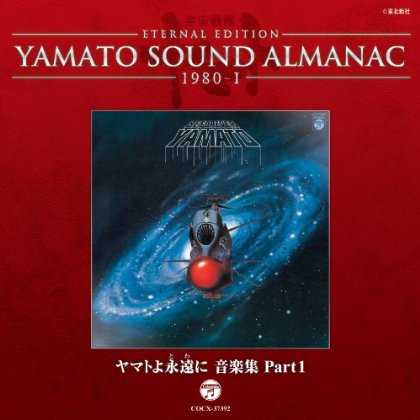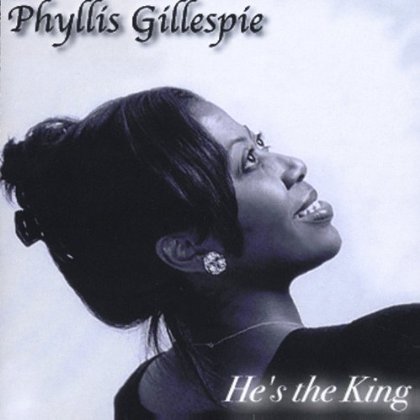
description
s ago by a mysterious warrior-philosopher, The Art of War is still perhaps the most prestigious and influential book of strategy in the world today, as eagerly studied in Asia by modern politicians and executives as it as been by military leaders since ancient times. As a study of the anatomy of organizations in conflict, The Art of War applies to competition and conflict in general, on every level from the interpersonal to the international. Its aim is invincibility, victory without battle, and unassailable strength through understanding of the physics, politics, and psychology of conflict. This translation presents the classic from the point of view of its background in the great spiritual tradition of Taoism, the origin of psychology, science, and technology in East Asia and the source of the insights into human nature that underlie this most revered of handbooks for success. Translated from a standard collection of commentaries on Sun Tzu's text by eleven interpreters, the work has been edited by Thomas Cleary to bring out the meaning of the principles of strategy. In addition, the translator provides an extensive introduction discussing the content and background of the book.
member goods
No member items were found under this heading.
Return Policy
All sales are final
Shipping
No special shipping considerations available.
Shipping fees determined at checkout.







